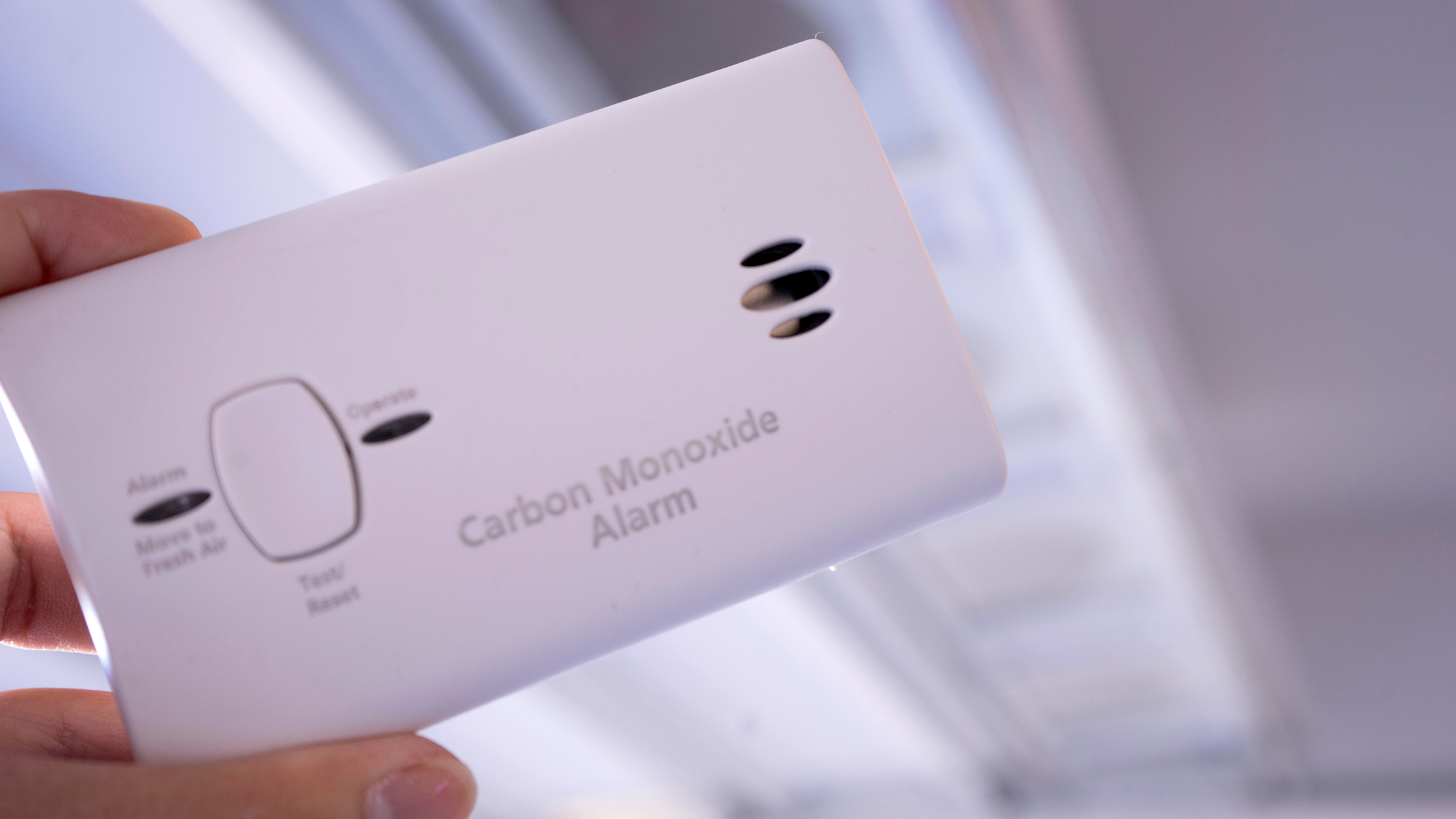
- February 29, 2012
- Katlin Owens
Do you monitor carbon monoxide in your cab?
When you can’t be sure, it makes sense to be safe and prepared. Good advice on pretty much any front, but when you are resting in the cab of a semi, it pays to know if deadly carbon monoxide is putting your health at risk. The following article from Land Line Magazine shares driver experiences and tips to make you aware of the dangers of carbon monoxide on the road.
Read the article below:
The silent killer: Do you monitor carbon monoxide in your cab?
By Charlie Morasch, Land Line staff writer
Lee Jordan awoke in his truck’s cab early February and had no idea how he got to an Indiana truck stop.
Confused, he couldn’t find his drawer full of socks. Ex-wife Paulette Jordan told Lee he was confusing her and said, “You need to get in somewhere and stop,” prompting Lee to stop and admit himself at an emergency room.
After spending a night at Reed Hospital in Richmond, IN, doctors told Lee his tests came back positive for carbon monoxide poisoning.
He believes a car-hauler parked next to him the evening before in Illinois may be to blame. The cabover had “weed-burner” exhaust, and Lee suspects the idling truck’s exhaust made its way into his cab.
“It seems to make sense to me that that’s the way it happened,” Jordan said. “I don’t have enough information to say it was definitely to blame.”
Lee, who called into the Dave Nemo Show on Sirius XM to discuss the poisoning, touched on a point that has worried truckers for years. Are they at risk for carbon monoxide poisoning for simply being parked next to trucks that idle or use APUs?
“I ran an APU in my blue Kenworth, and I never had a problem with that kind of business,” Jordan told Land Line Magazine.
To gauge the air safety in their cabs, many truck drivers keep carbon monoxide monitors in their trucks.
Jordan said he temporarily used a carbon monoxide alarm in his cab after his hospitalization. The monitor showed no presence of carbon monoxide, he said.
Carbon monoxide alarms can be found for as little as $40 at major retailers, though RV carbon monoxide monitors are designed specifically to handle motion and stress of a moving vehicle. UL, the not-for-profit product safety testing and certification organization, actually lists certain carbon monoxide monitors as rated for recreational vehicles and unconditioned areas (areas with no heat or air conditioning).
Only 17 percent of respondents to an unscientific web poll at www.landlinemag.com said they keep a carbon monoxide detector in their cab.
There’s no question that leaked exhaust can be harmful.
And unfortunately, Land Line has become familiar with a number of truck drivers who have dealt with illnesses they claimed were tied to engine exhaust – one fatal – through the years.
In one such case, which Land Line reported in 2005, OOIDA Member Terry Hirt had to quit trucking after dizzy spells and irregular heartbeats had been caused by the truck she drove for a major motor carrier.
Hirt – a healthy 40-year-old trucking veteran – discovered later that the new truck she had been driving had a pipe that didn’t fit a turbo correctly, leading to an exhaust leak in the cab.
Read the article from Land Line Magazine
Leave Your Comment
Many desktop publish packages web page editors now use model text
search for sites their infancy.